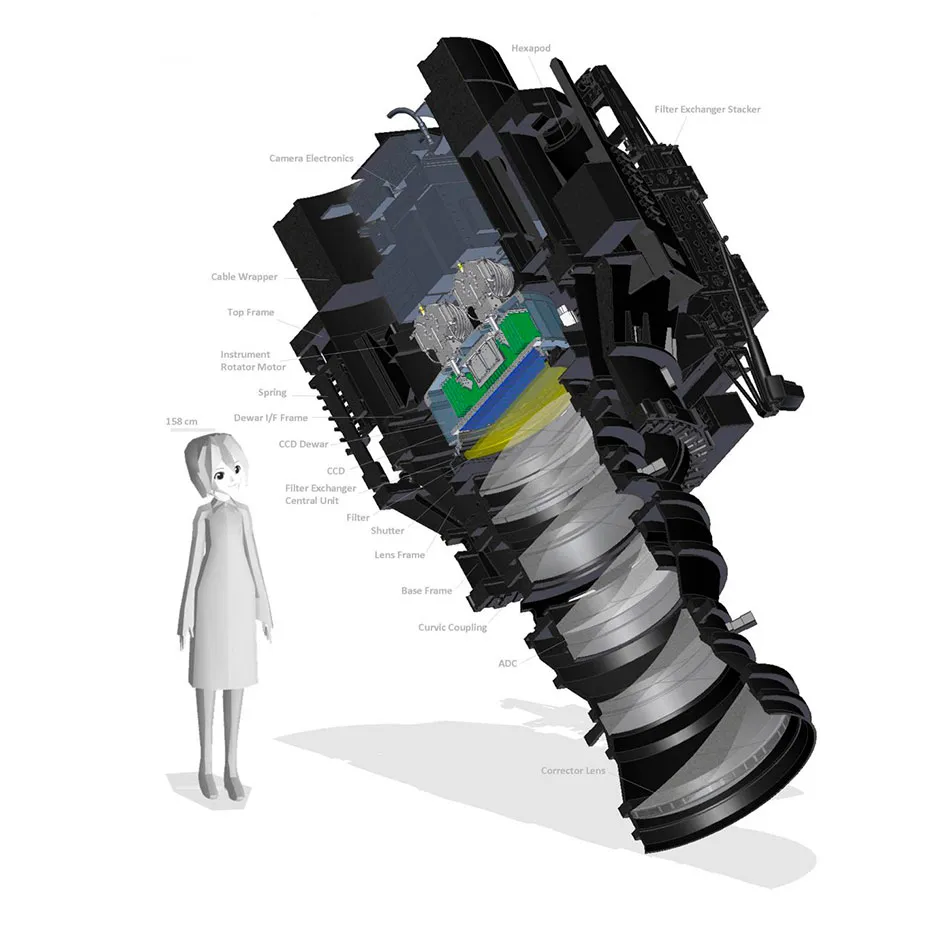Black holes that formed in the earliest moments of the Universe could explain dark matter, physicists have claimed. They also say that some of these black holes could contain ‘baby universes’ that will never know that we exist.
In the very beginning, the Universe was incredibly hot and dense – so much so that a random local fluctuation that increased the density of an area by only 50 per cent would be enough to spark gravitational collapse into a black hole. Unlike the black holes we see in our modern Universe, the hypothetical ‘primordial’ black holes created at this time didn’t form from a collapsing star, which means they could have a wide range of masses, including very small ones.
Since they can be tiny and give out no light, primordial black holes are a potential candidate for dark matter, the mysterious material that makes up about 85 per cent of all matter in the Universe and can't be seen through telescopes.
Shortly after the Big Bang, the expansion of the Universe accelerated. This phase of faster-than-light expansion is known as inflation.
During this period, it is theoretically possible for bubbles of ‘false vacuum’ to form – that is, bubbles of space that have a higher energy than the space that surrounds them. False vacuum bubbles are ‘metastable’, meaning that they are more or less stable, but, like a football balanced at the top of a hill, a small kick can knock them into a more stable, lower-energy state.
Read more about cosmology:
- The six numbers that define the entire Universe
- The cracks in cosmology: Why our Universe doesn't add up
There is a critical size that determines what becomes of these false vacuum bubbles. If, when they pop into existence, they are smaller than this size, they will collapse. The energy they release in such a small volume will then trigger the formation of a primordial black hole.
If the false vacuum bubble is bigger than the critical size, the researchers say, the bubble will rapidly expand, then suddenly contract and collapse into a black hole. However, though it would appear to be a primordial black hole to us, an observer on the inside of the black hole would see themselves in an expanding ‘baby universe’.
Since no light can escape from a black hole, anything that existed inside this baby universe would never know that our Universe exists.

This would mean that our cosmos existed as part of a multiverse, and dark matter is actually the result of the gravity of these baby universes.
The researchers say that the Hyper Suprime-Cam on the Subaru Telescope in Hawaii, while observing the Andromeda Galaxy, spotted an event consistent with what they would expect primordial black holes to look like.
The team has begun a deeper search for primordial black holes, using the Hyper Suprime-Cam, to prove whether or not this multiverse theory could solve the problem of dark matter.
Reader Q&A: Could ‘dark matter’ just be dead stars and planets floating in the depths of space?
Asked by: Merlin Batchelor, Norwich
Some astronomers have indeed theorised that dark matter might just be ordinary matter that we cannot see, rather than an exotic, as-yet-undiscovered particle. This ordinary matter could include black holes, neutron stars, brown dwarfs, white dwarfs, very faint red dwarfs and even solitary planets.
These objects, collectively known as MACHOs (Massive Astrophysical Compact Halo Objects), emit very little light, but they can be detected if they pass in front of or near a background object (via the way that their gravity bends the light from the more distant object).
However, studies to date have concluded that MACHOs can only account for a tiny fraction of the missing mass in the Universe. So the nature of dark matter remains a mystery.
Read more: